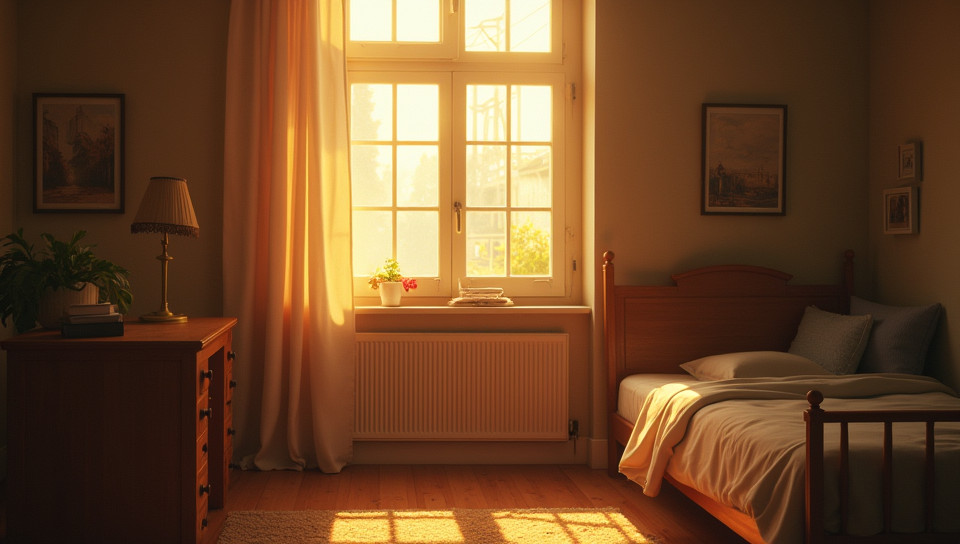Lack of sunlight contributes to SAD 62%

The Dark Truth Behind Seasonal Affective Disorder
As we step into the colder months, many of us experience a shift in our mood and energy levels. We feel sluggish, irritable, and disconnected from the world around us. For some, this is more than just a winter blues – it's a condition known as Seasonal Affective Disorder (SAD). While its exact causes are still not fully understood, research suggests that lack of sunlight plays a significant role in its development.
Understanding SAD
Seasonal Affective Disorder is a type of depression that occurs at the same time every year, typically during the winter months. It affects millions of people worldwide, and its symptoms can be debilitating. Some common signs of SAD include:
- Fatigue
- Loss of energy
- Weight gain
- Social withdrawal
- Difficulty concentrating
- Increased sleepiness
The Role of Sunlight in Mood Regulation
Sunlight has a profound impact on our mood and behavior. It regulates our circadian rhythms, which are the internal clocks that govern our sleep-wake cycles. When we're exposed to natural light, it sends signals to our brain that help us feel alert, awake, and refreshed. Conversely, lack of sunlight can disrupt this balance, leading to feelings of lethargy and despair.
The Science Behind Sunlight's Effects
Research has shown that sunlight exposure triggers the release of neurotransmitters such as serotonin and dopamine in our brains. These chemicals play a crucial role in regulating our mood, appetite, and sleep patterns. When we don't get enough sunlight, our levels of these neurotransmitters can drop, contributing to SAD symptoms.
Strategies for Coping with SAD
While it's impossible to control the amount of sunlight we receive, there are ways to mitigate its effects. Here are a few strategies that may help:
- Get outside during peak sun hours (usually between 10am and 3pm)
- Use light therapy lamps or boxes
- Practice relaxation techniques such as meditation or yoga
- Stay connected with friends and family through social activities
Conclusion
The link between lack of sunlight and SAD is clear. As we navigate the darker months ahead, it's essential to prioritize our mental health and well-being. By understanding the role of sunlight in mood regulation and implementing strategies for coping with SAD, we can take steps towards feeling more energized, motivated, and connected to the world around us. So, let's shine a light on this important topic and work together to break free from the grip of Seasonal Affective Disorder.
- Created by: Xīnyí Wong
- Created at: Oct. 13, 2024, 5:20 p.m.
- ID: 12443








